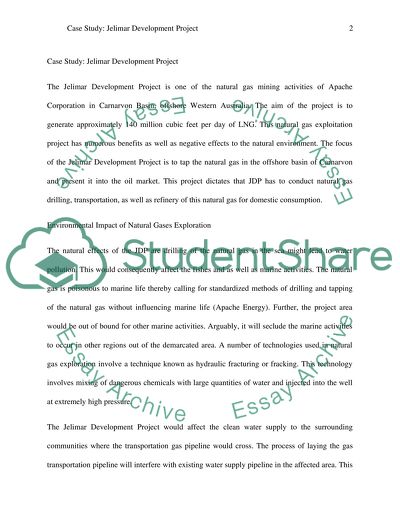Cite this document
(“Case Study on Development Approval Processes Essay”, n.d.)
Case Study on Development Approval Processes Essay. Retrieved from https://studentshare.org/law/1494398-case-study-on-development-approval-processes
Case Study on Development Approval Processes Essay. Retrieved from https://studentshare.org/law/1494398-case-study-on-development-approval-processes
(Case Study on Development Approval Processes Essay)
Case Study on Development Approval Processes Essay. https://studentshare.org/law/1494398-case-study-on-development-approval-processes.
Case Study on Development Approval Processes Essay. https://studentshare.org/law/1494398-case-study-on-development-approval-processes.
“Case Study on Development Approval Processes Essay”, n.d. https://studentshare.org/law/1494398-case-study-on-development-approval-processes.


